Medium Roast Baiya Qilan Oolong
$5.00
- Harvest: Autumn
- Area:Zhangzhou, Pinghe, Fujian
- Weight: 8 +/- grams
Description
Name: Medium Roast Baiya Qilan Oolong
Year: 2024
Harvest: Autumn
Altitude: 800 meters height above sea level
Area: Pinghe, Fujian.
Weight: 8 +/- grams
(Medium Roast Baiya Qilan Oolong)
The origin of the Tea
Baiya Qilan is a speciality of Zhangzhou, Pinghe, Fujian.
Zhangzhou has a long history of tea production and tea making.
According to official data, in the autumn of 1981, He, a tea farmer, found an old tree that grew differently from the other old trees. The tree’s new shoots were lush and had visible white hairs on the tips of the buds. After a small amount of trial production, the quality was good.
Finally, the tea brewed tea leaves had a fragrant and rich tea with a unique “orchid” aroma, so he named the tea Baiya Qilan.
At the end of November 1986, “Bai Ya Qi Lan” was officially recognized.
Experts from the Provincial Department of Agriculture and other research institutions unanimously agreed that the raw tea samples they processed from the standard buds and leaves of the “Bai Ya Qi Lan” variety of tea trees had biological characteristics different from all the Qi Lan teas in Anxi County and the Qi Lan teas in Chao’an County, Guangdong.
What I wrote above is a summary, but until this tea was born and recognized as we know it today, it took a lot of work, as it happened with all good teas in China. Investigating the seed source of “Bai ya Qi Lan”, organizing and planning variety selection and breeding; selecting and cultivating seedlings; conducting large-scale trial planting and observation in different locations, and more.
Tasting notes
This tea has a medium-high roasting level.
A higher roasting than our Tie Guan Yin, you can compare the pictures of the wet leaves of these two teas for your reference. The producer roasted the tea this autumn, so the baking aroma is strong. It will take a few months for this aroma to diminish and let the Bai Ya Qi Lan Orchid aroma become more noticeable. Because of this, you may not be able to detect the orchid scent unless you are familiar with the aroma of the Bai Ye Qilan cultivar. It becomes noticeable when you smell the empty pitcher. And also the wet tea leaves after the 3rd or 4th infusion, once they have cooled down a bit. In terms of taste, I found it more apparent in the 4th or 5th infusion when I drank it cold.
If you keep it sealed, you can store it for many years. Also, as the baking aroma recedes, the tea is more pleasant to drink.
The dry tea leaves have some dry nuts notes and a baking aroma.
Undoubtedly, this is a high-quality tea. You may try a sample and taste it for yourself.
I brewed it ten times with 2.9 grams in an 80 ml teapot.
The tea has an intense flavour and long aftertaste, with a thick body. It also has low astringency, and you need to push it to get some bitterness.
Additional information
| Weight | N/A |
|---|---|
| Weight | 8 grams sample, 250 grams (30 pcs of 8 + grams each, pack individually) |
Reviews (0)
Only logged in customers who have purchased this product may leave a review.
Related products
Oolong Tea
Oolong Tea
Oolong Tea
Wuyi Yancha
Oolong Tea
Oolong Tea
Oolong Tea

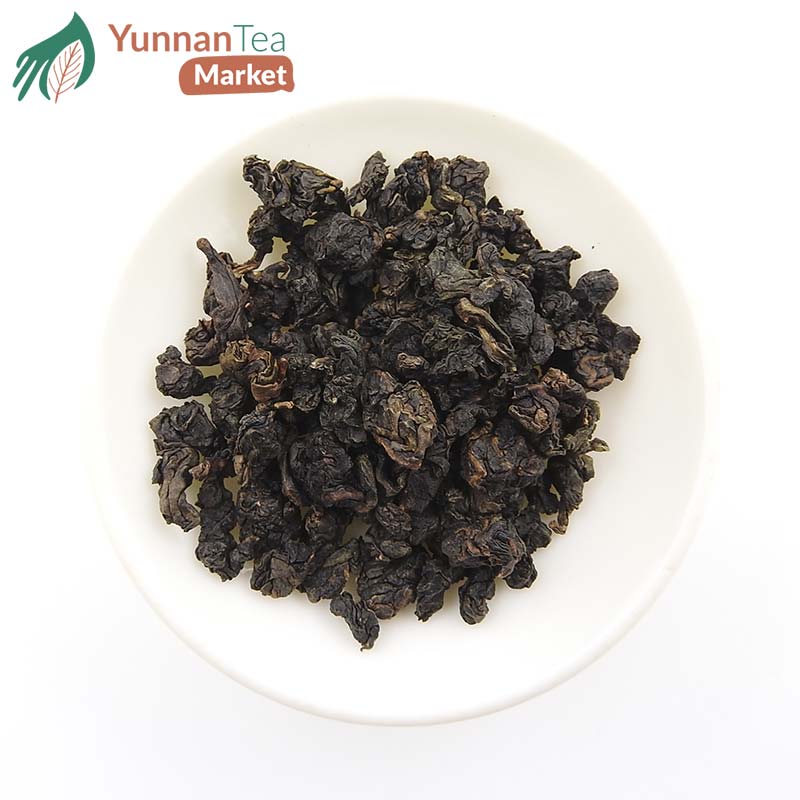


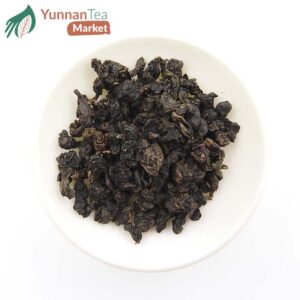
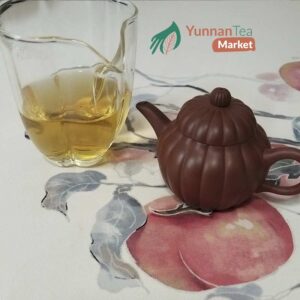
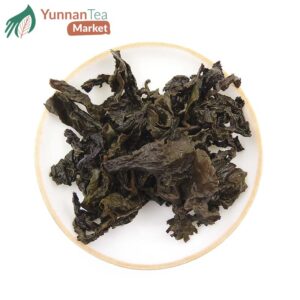
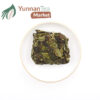

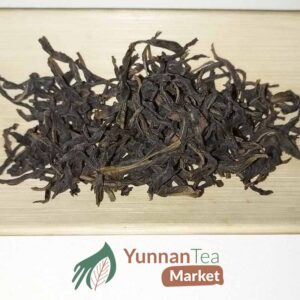
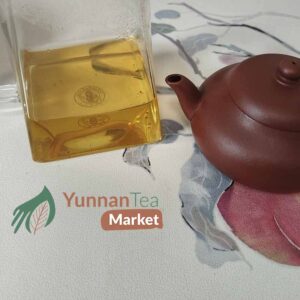
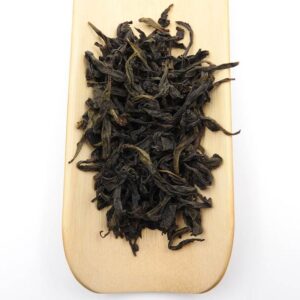

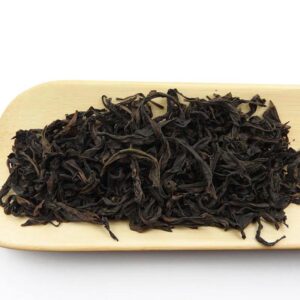

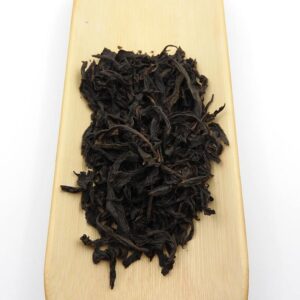
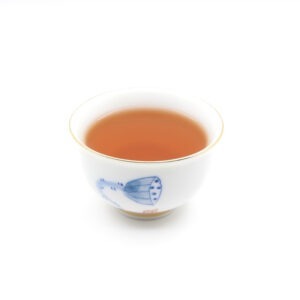


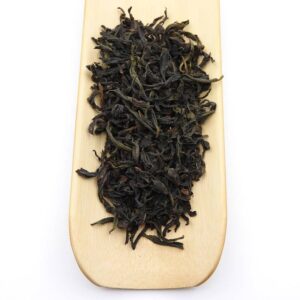




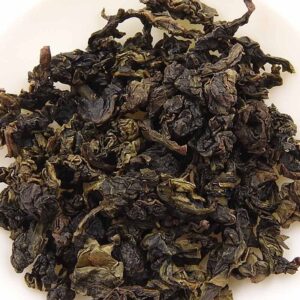
Reviews
There are no reviews yet.